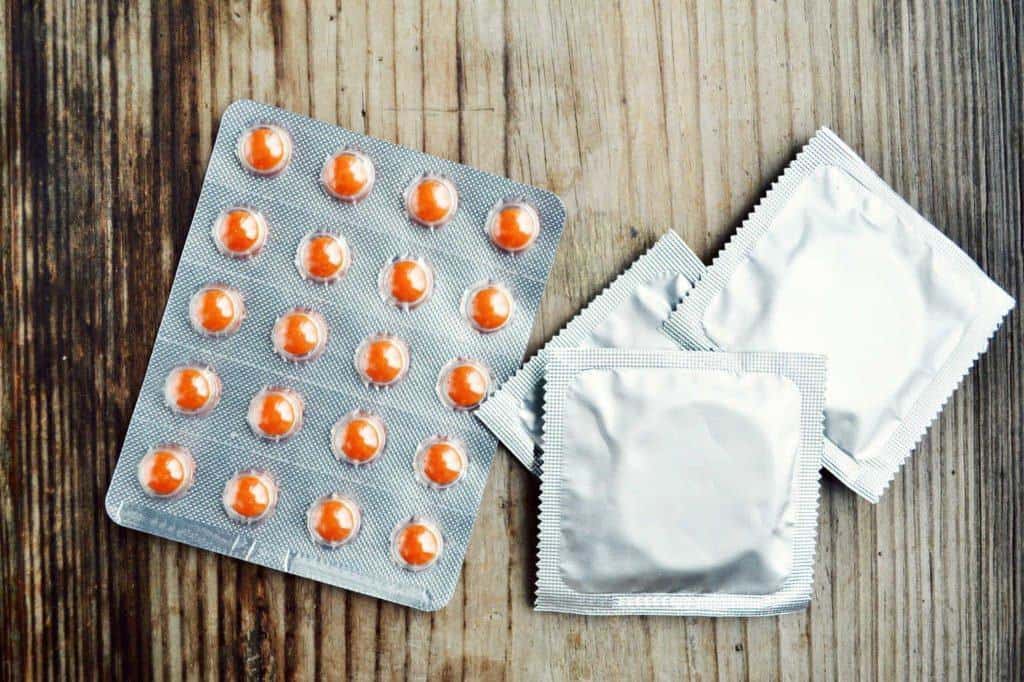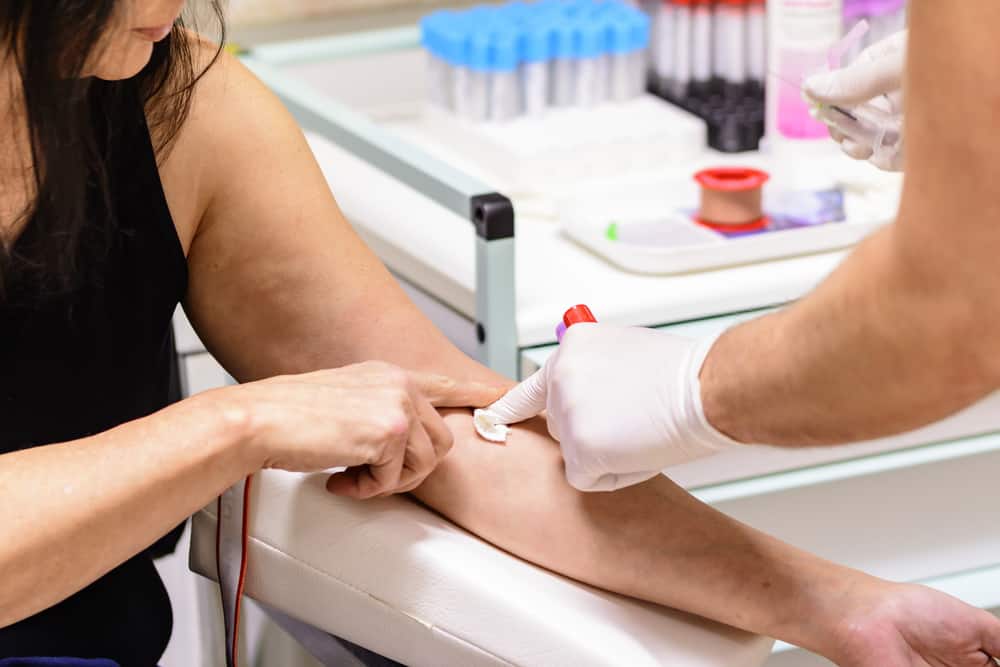Contents:
- Medical Video: Female Birth Control Options | Family Planning
- 1. Condoms
- 2. Combined Pill
- 3. Contraceptive cap
- 4. Vaginal Ring
- 5. Vasectomy
Medical Video: Female Birth Control Options | Family Planning
Contraception is used to prevent pregnancy and protect from sexually transmitted infections. It is important to know how to use contraception correctly and effectively. The following are 5 general contraceptive methods.
1. Condoms
There are two types of condoms: male condoms (used on the penis) and female condoms (used in the vagina).
Male condoms are made of very thin sap (rubber), polyisoprene or polyurethane, and are designed to prevent sperm from going to the egg. While the female condom is a polyurethane bag that has been lubricated and inserted into the vagina. This female condom has a soft ring at the end to help put it inside the vagina and keep it from getting loose. At the other end, this condom has a flexible ring outside, covers the vagina and provides additional protection. This condom also prevents sperm from meeting the egg.
If used properly during sexual intercourse, condoms have an effectiveness of 98%. In addition to preventing pregnancy, condoms also protect from sexually transmitted infections.
2. Combined Pill
Combined contraceptive pills are often also called birth control pills. Usually a combination of estrogen and progesterone which is naturally produced in the female ovaries. This hormone pill will prevent the ovaries from releasing eggs (ovulation) while making sperm difficult to reach the egg, or make it difficult for the egg to stick to the uterine wall.
When used properly, this pill has 99% effectiveness to prevent pregnancy. You need to use it every day for 21 days, and stop for 7 days, and during that week you will experience your menstruation. You should use this pill again after 7 days, and this pill must be taken at the same time every day. You can become pregnant if you do not comply with these rules, or if you vomit, forget to take it, or experience severe diarrhea.
Mild side effects such as mood swings, breast pain, and headaches. These contraceptive pills can be used to treat acne and help reduce PMS symptoms. This pill is not recommended for women aged 35 years and over who smoke, or for women with certain diseases. If you belong to this group, consult your doctor. Birth control pills will not protect you from sexually transmitted infections, so use condoms as additional protection.
3. Contraceptive cap
Contraceptive cap is a dome-shaped instrument, made of thin and soft silicone that is inserted into the vagina before sexual intercourse. This will cover the cervix so that sperm cannot enter the uterus. You need to use spermicide with contraceptive stamp this. Stamp must be put in place for 6 hours after sexual intercourse.
If you use spermicide correctly, stamp It has an effectiveness of 92-96% to prevent pregnancy. However, it does take some time to use stamp this correctly. If you lose weight or increase by more than 3kg, or have just given birth, miscarriage, or abortion, you may need to order stamp new with different sizes. By using condoms at once contraceptive stamp simultaneously, you can protect yourself from sexually transmitted infections.
4. Vaginal Ring
The vaginal ring keeps eggs and sperm separate or stops egg production. The vaginal ring is a soft and small plastic ring that you place inside the vagina. Store the ring in the vagina for 21 days, then release and throw it in the trash (not the toilet). 7 days after releasing the ring, enter the new one for the next 21 days. The ring will release estrogen and progesterone. This ring prevents ovulation (the release of an egg), and makes sperm trouble reaching the egg cell or uterine wall, so that the egg will not be fertilized.
If used correctly, the effectiveness exceeds 99%. Unlike pills, this ring is still effective even if you are vomiting or diarrhea. This ring can help overcome menstrual symptoms, and mens bleeding will become lighter and not painful. Some women have side effects on this ring, including excessive vaginal discharge, breast pain, and headaches. The vaginal ring does not protect against sexually transmitted infections. By using condoms and rings, you can protect yourself from sexually transmitted infections.
5. Vasectomy
Vasectomy is a method of contraception for men. This is an operation that involves cutting or binding a tube that connects the testes to the urethra called the vas deferens. This stops the sperm from coming out of the testicles. Sperm that is already inside the testicles will be absorbed safely by the body. Vasectomy will not affect a man's ability to produce male sex hormones. He will still be able to enjoy sex and reach orgasm.
Usually, this operation is performed under local anesthesia, but some men prefer general anesthesia. The testes will be shaved, and an incision will be made on both sides so that the surgeon can bind the two vas deferens. Scrotum will usually become bruising and pain after surgery. It is very important to rest for a few days, avoid running, swimming, or physical activity. Sex should be avoided during this time.
The chance to get pregnant after experiencing a vasectomy is about 1 in 1000. It is very important to use other contraception until the test shows that the sperm is gone. This usually takes 3 or 4 months, but can also be up to 6 months.
It is possible to cancel a vasectomy, i.e. vasectomy reversal or vasectomy reversal. However, the success of vasectomy reversal depends on when and how the vasectomy is performed. The longer the distance from your vasectomy, the less likely the sperm is functioning normally. Vasectomy does not protect from sexually transmitted infections. The best way to reduce the risk of infection is to use protection such as condoms.
Always consult your doctor or pharmacist to find the best contraceptive method for you. It's important to always be safe and protect yourself.












